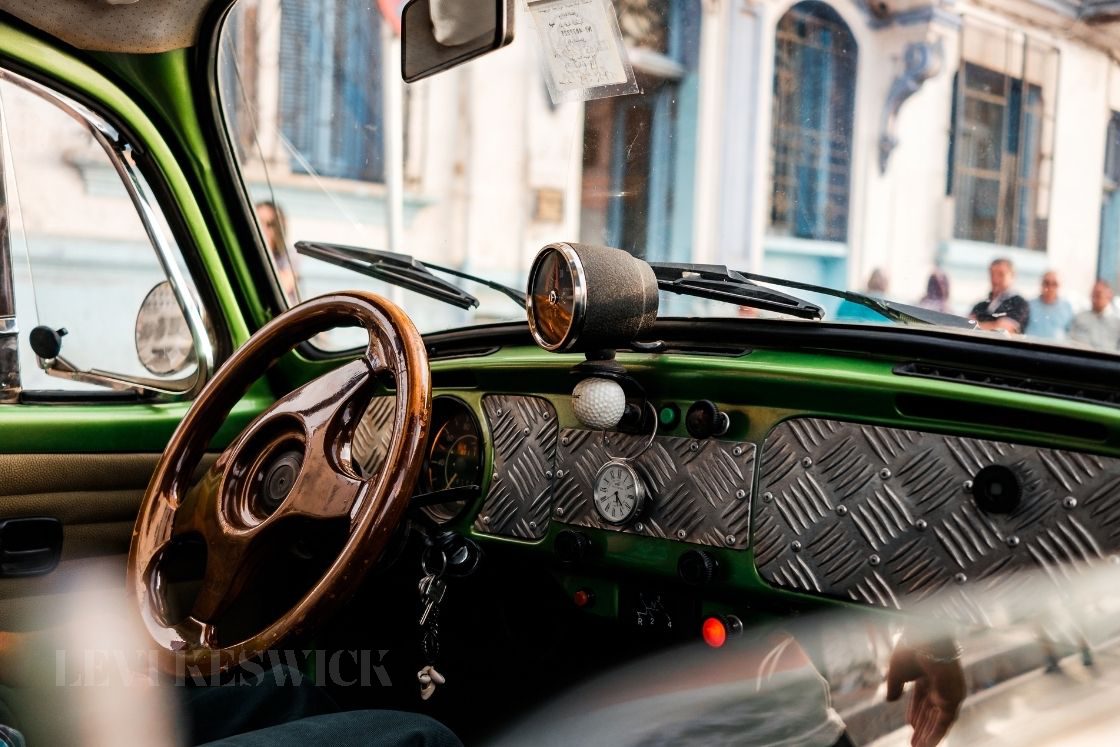Choosing to invest in restoring an old vehicle is a gratifying way to spend your time. That said, it can also be an enormous undertaking. After all, you are responsible for gathering the proper equipment, finding an ideal workspace, and creating a detailed budget for the costs of your project. Let us walk you through a few of the primary things to consider before restoring a classic car, so you can prepare and get the result you want.
Consider the Time It Will Take
One of the first things to consider before restoring a classic car is the amount of time you’ll need to invest in completing the project. On average, classic car restorations can take over 1,000 hours, which is about the equivalent of two months if you were to work for 24 hours, non-stop every day. For this reason, it’s imperative to figure out an effective method for working out how much time you’ll have to work on your project weekly.
It’s also beneficial to evaluate the kind of restoration you’re looking to achieve, as restoring a classic car for the show floor will likely take less time than preparing it for driving on the road. So before you go out and invest in your perfect fixer-upper car, assess the type of restoration you want to do, how much time it will take, and how it will fit into your schedule.
Plan for Space and Equipment
Once you select the perfect car, you must have adequate workspace and equipment for your project. And because restoring classic cars is not something you can do in small, cramped spots or your driveway, it’s wise to ensure that you have a spacious, climate-controlled garage to house your vehicle and all of your equipment.
Just as well, you’ll want to select a space that has lots of outlets and a solid power connection, as you’ll likely use various electric tools to get the job done. Having a workspace that meets these needs will help you achieve the desired result for your project, as it will make each step of your restoration process more efficient and effective.
Budget for Upgrades and Repairs
Of course, you’ll also want to create a comprehensive budget for all of the upgrades and repairs you intend to make during the period of your restoration. There are various ways to remodel your car, so your itinerary can include anything from new steering wheel covers to major body repairs. Just as well, you’ll want to account for any safety upgrades, such as seat belts or side-view airbags that older models might not have in their design.
Creating a detailed budget will help you see the cost of your restoration from start to finish in a tangible and organized fashion. Further, if you decide to make any changes to this itinerary, it will be much easier to see how best to move your money around if you know where you’re putting each dollar beforehand.
So before you start restoring your classic car, remember to consider some of the significant points in this guide.








